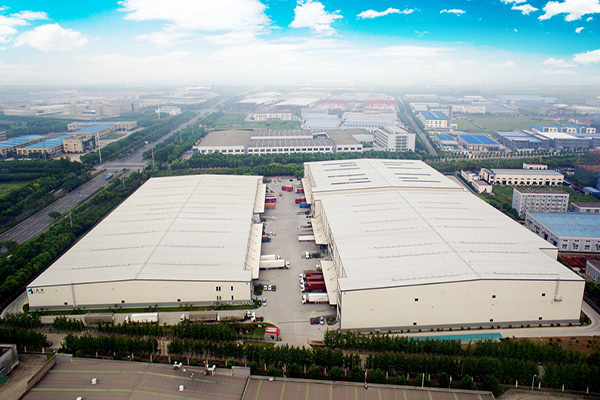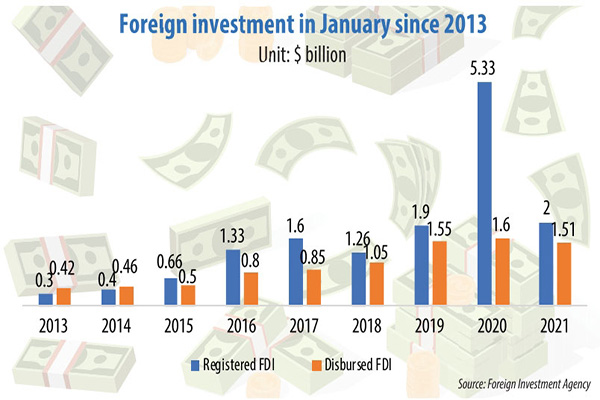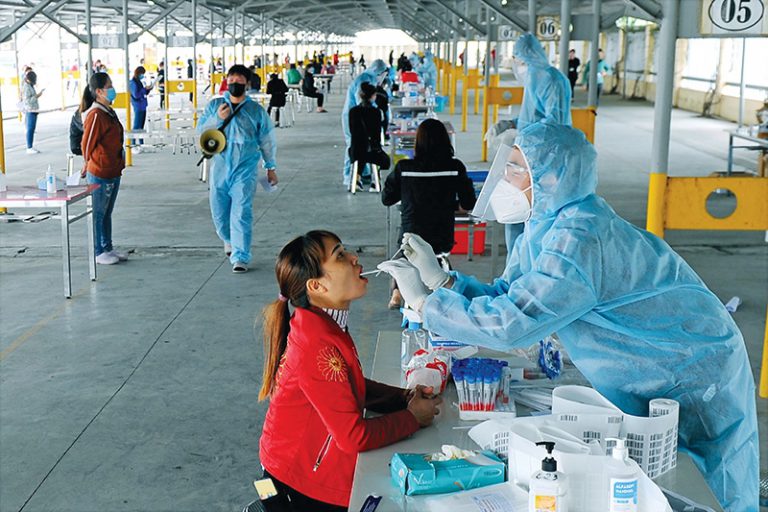Vietnam’s surge towards becoming Asia’s fastest-growing economy is helping the country attract even more capital from overseas sources.
Major financiers have already left marks on the country’s investment landscape in anticipation of incoming new foreign direct investment (FDI) streams. Real estate, transport infrastructure, industrial zones, and electronics manufacturing are just some of the areas that will see positive effects.
One eminent example is the joint venture between international private equity fund Warburg Pincus and local partner Becamex IDC. As one of the biggest global private equity firms, Warburg Pincus sees great potential in industrial and logistics infrastructure demand in Vietnam.
The joint venture company BW Industrial has an initial seed capital of around $200 million, and is expected to satisfy the ever-increasing demand for modern logistics warehouses, as well as build-to-suit and ready-built factories.
The recent report on Vietnam’s business environment of the American Chamber of Commerce (AmCham) showed that Vietnam is becoming more attractive to investors. Up to 36 per cent of surveyed US companies said they wanted to expand their business in Vietnam, compared to 21 per cent in Thailand and 19 per cent in Malaysia.
As reported by real estate consultancy JLL Vietnam, the average occupancy rate in the south was 72 per cent in the fourth quarter of 2018, driven by new completions whereas ready-built factories achieved an approximate occupancy rate of 88 per cent.
Manufacturers have recently begun departing from China, looking to relocate their factories to alternative countries. This was ignited by the US-China trade war, and has been exacerbated by Asia’s highest pace of wage growth observed in China, bringing to Vietnam with an increasing number of enquiries regarding high specification ready-built factories.
“The trend of shifting manufacturing from China to Vietnam is bringing many opportunities for industrial real estate developers like us. We have acquired over 200 hectares of projects over the country in 2018 and will add another 130ha in 2019 to meet the rising call from our customers,” said Michael Chan, head of sales and marketing of BW Industrial.
Latest data from Vietnam’s Ministry of Planning and Investment showed that among the 51 countries and territories having new investment projects in Vietnam in the first four months of 2019, China was the fourth biggest investor with $1.31 billion. The processing and manufacturing industries attract the largest FDI. The Vietnamese government’s efforts are coming to fruition as disbursed FDI touched $19.1 billion last year. Meanwhile, the total committed capital volume, including supplemental capital and that put into stock purchases and capital contributions, came to a record $35.46 billion. In the first four months of 2019, the newly-committed and added FDI volume in the country hit $7.46 billion.
Chairwoman of AmCham Ho Chi Minh City, Amanda Rasmussen, said that the US’ $250 billion in tariffs on Chinese imports could help Vietnam attract yet more foreign capital flows as investors shift orders from China to Vietnam and neighbouring countries.
Vietnam could be the major beneficiary in Asia of these trade tensions, with Mizuho Research Institute estimating that the effects could help Vietnam’s GDP pick up 0.5 percentage points.
Meanwhile, EuroCham co-chairman Nicolas Audier acknowledged that Vietnam’s GDP growth surpassed 7 per cent last year, a record in the past decade which came largely by virtue of the country’s strenuous efforts to create an open, competitive, and friendly business environment towards international trade and investment.
Vietnam’s appeal to FDI flows in recent years has mainly leveraged the country’s affordable workforce and generous incentives to investors. Kyle Kelhofer, country director of the International Financial Corporation for Vietnam, Laos, and Cambodia, said that in the new era, Vietnam will gradually lose this advantage and that it will need to adopt a new mechanism to attract new-generation FDI, with better skills, management, salary levels, and higher quality standards.
As a result of these projections, Vietnam is revising the Law on Investment and Law on Enterprises in an attempt to craft a new strategic direction on FDI attraction to match global investment flows.
Meanwhile, tech giants Samsung and LG, along with several other major groups from Japan and South Korea, are already big tenants in the north of Vietnam. Seamless workforce and comfort in supplier access provide a solid foundation to driving production in the region for these giants.
Source: VIR




